What would Antoni Gaudí have created with the latest 3D printing technology? Would the unique, complex and enchanting windows of the famous catalan architect’s work – casa batlló, cripta gaudí de la colonia güell and Sagrada Familia to name just a few – be radically different if designed today? These are the inspiring questions the ‘window on the future – gaudí meets 3D printing’ exhibition in toyko, japan tries to answer. in a special collaboration with gaudí-designed UNESCO world heritage sites, the gallery presents three prototypes mixing machine-fabrication with hand-craft that hypothesize just what if…
Take a look into the ‘window on the future – gaudí meets 3D printing’ exhibition in toyko midtown from october 15 to november 3, 2021.
LEARNING FROM GAUDÍ’S WINDOWS FOR THE FUTURE OF HUMANITY AND NATURE
YKK AP Inc., the technology-oriented manufacturer of architectural products, presents the ‘window on the future – gaudí meets 3D printing’ exhibition as part of the Tokyo midtown DESIGN TOUCH 2021 and DESIGNART 2021. viewers gaze into the future of windows with three 3D-printed prototypes, each free-formed to resonate with people and nature. the designs – sun and moon, air, and sound – focus on natural elements whilst drawing inspiration from gaudí’s diverse architectural philosophy.

The exhibit is part of an industry-academic co-creation project aimed at advancing the research and development of windows made using the latest 3D printing technology. This is in response to modern industrialization, as windows have been standardized and mass-produced to continually perform at higher levels. Led by YKK Group’s environmental vision 2050 – ‘towards a brighter future for nature and humanity’ – and YKK AP’s purpose – ‘we build a better society through architectural products’ – the project fosters collaborations between multiple companies, creators and specialists working in different fields around the world.
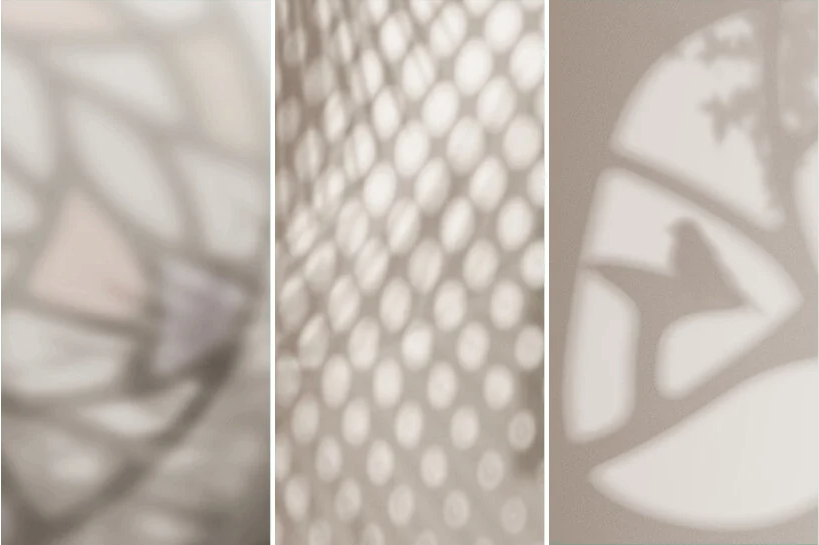
The exhibit’s creative director keita suzuki, of the studio product design center, was joined by takeshi yamamura, a gaudí researcher and associate professor at the tokyo polytechnic university, in researching the catalan architect’s creative philosophy as well as most notably window designs. The investigation focused ideas for the exhibition on the natural elements of light, air and sound. these principles reaffirmed the concept of re-establishing windows as connectors between humans and nature. Masashi Murakami of emuni served as the project’s graphic designer with takehi yamamura + natalia sanz laviña of YSLA architects creating the installation space.
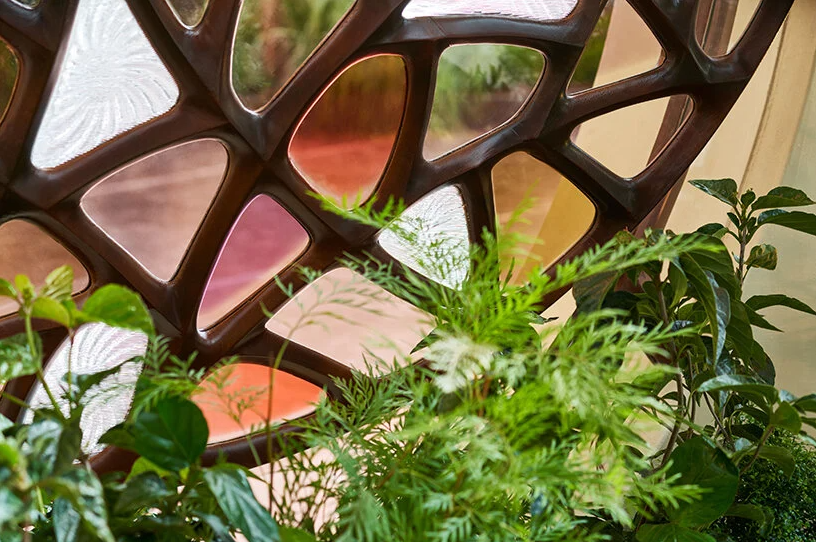
THREE 3D-PRINTED WINDOWS OF THE FUTURE
The sun and moon window is inspired by the operable windows that gaudí designed for the cripta gaudí de la colonia güell. The prototype’s central rotating axis enables it to be spun freely like a globe. Transparent parts change color in response to sunlight, darkening based on the intensity to block ultraviolet rays. This cascades beautifully colored shadows during the day, similarly seen with stained glass, whilst delicate lighting is drawn in from the moonlight at night. With the outer frame 3D-printed, the design’s wooden inner frame is carved out using a milling machine, paying homage to the days of the famed architect when timber was sculpted by hand.
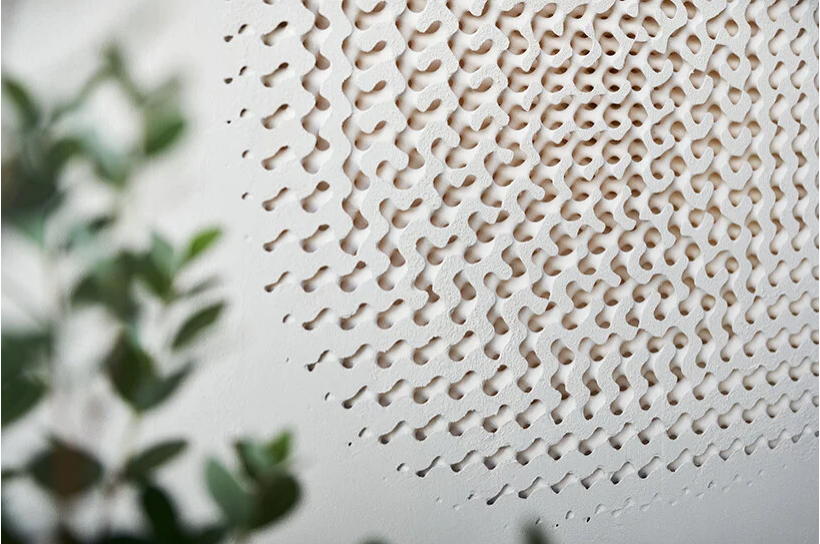
The air window is inspired by the ventilation windows seen in the gaudí-designed casa batlló. A gyroid structure is formed using a complex mesh based on butterfly wings, enabling the window to provide constant ventilation. The 3D-printed frame integrates a straw-like tube to circulate warm or cold water to adjust temperature of the air as it enters the room. There are separate openings to control ventilation and temperature independently. The design’s density of pores can be freely customized based on the environmental context and functions.
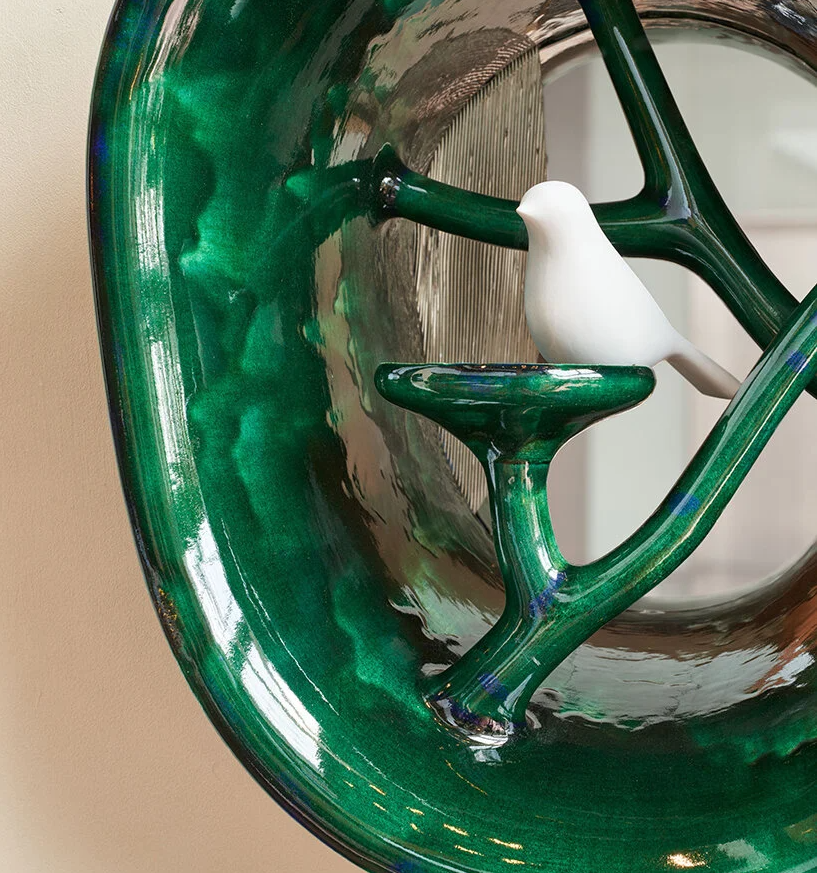
Inspired by the perforated windows designed by gaudí for the spires of the sagrada familla, the sound window is designed to enhance the noises of nature. sound is drawn in from the local environment, rather than blocking out, in the aim of better connecting humans with their surrounding environment. In similar fashion to the catalan architect, the design uses shards (trencadis) to evoke an appearance of intricacy. Recycled ceramic is 3D-printed to form the frames, which are then individually colored and fired to deliver unique expressions.
CROSS-DISCIPLINARY INDUSTRY-ACADEMIA COLLABORATION
Together with YKK AP and takeski yamamura, the project research was developed through special collaborations with the various gaudí architectural monuments on show at the exhibition. Once such highlight includes a miniature recreation – 40% scale – of an over three-meter high window at casa batlló. Wth incredible intricacy, the latest 3D technology was able to capture and recreate the original form as a triumph of the international cross-disciplinary industry-academia collaboration.

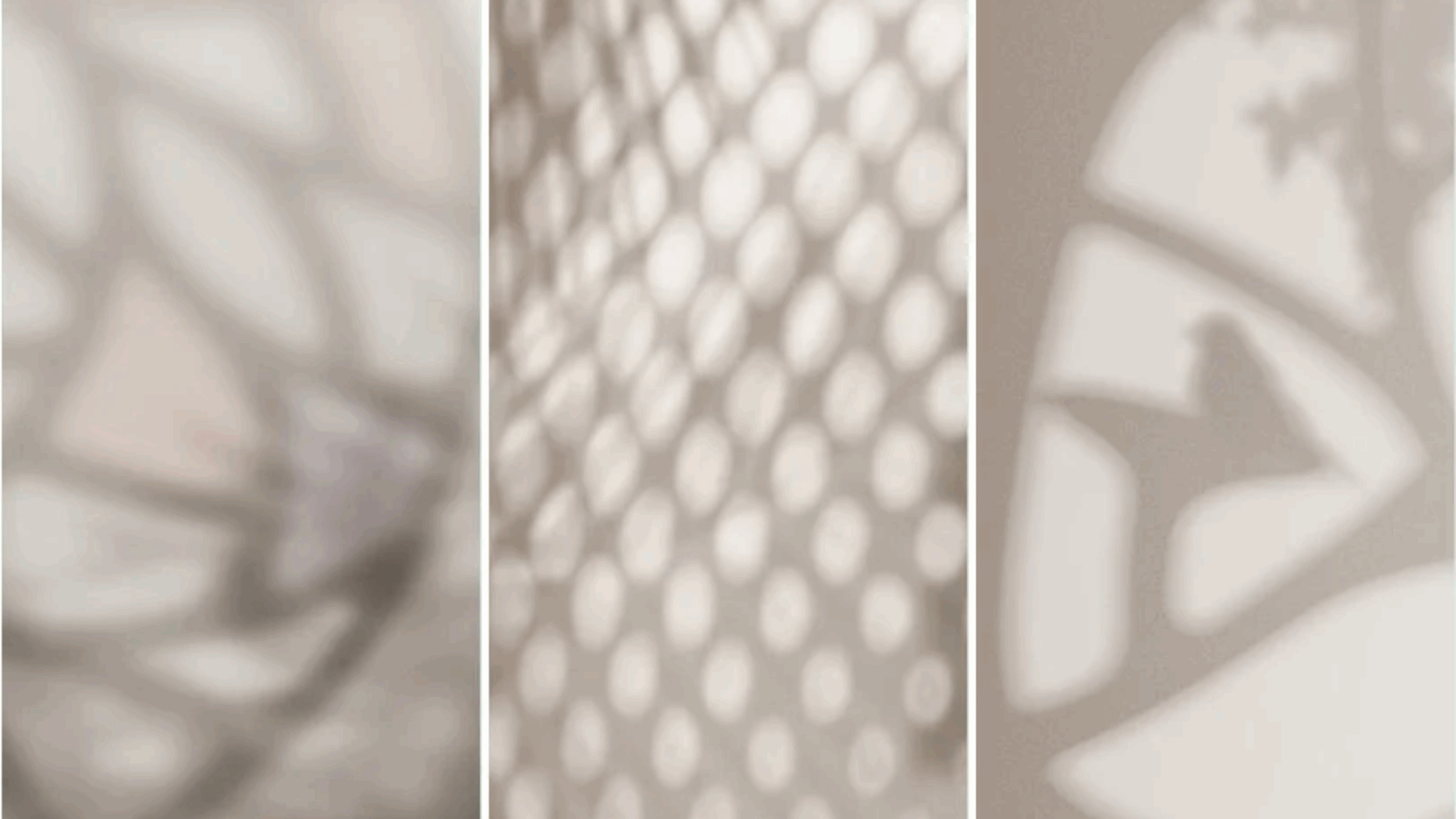
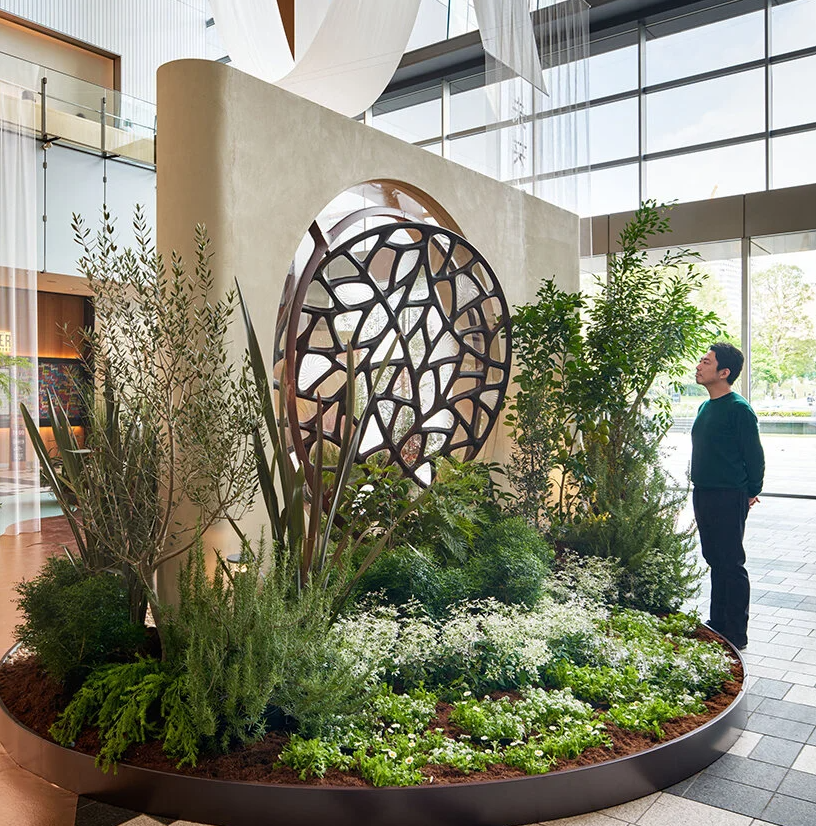
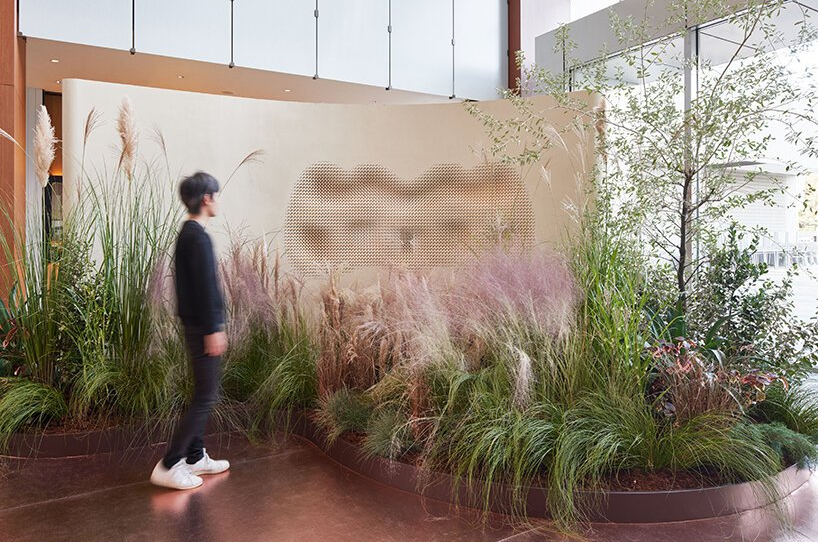
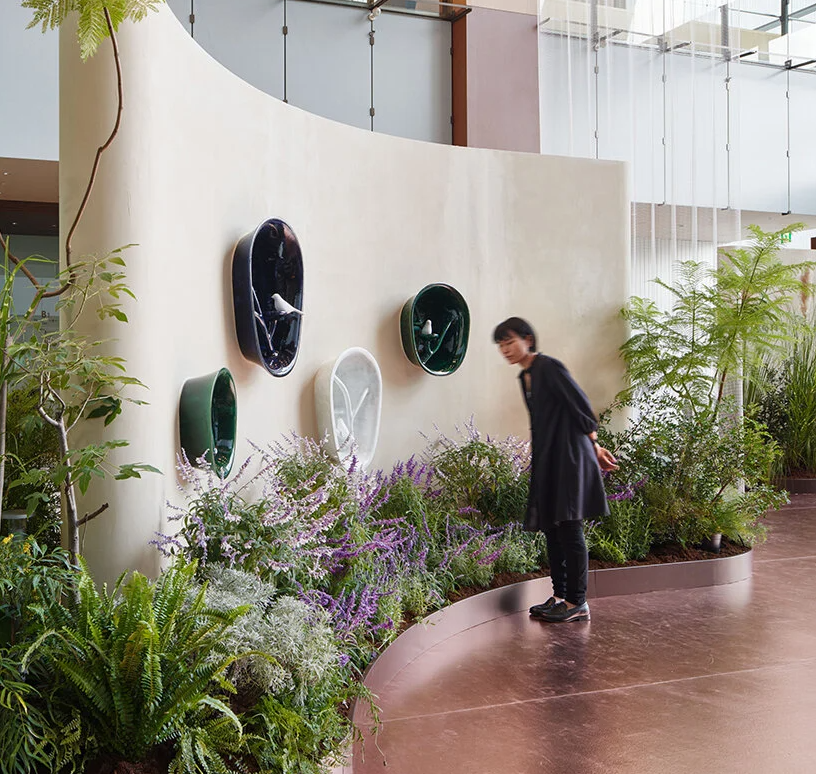
Leave A Comment